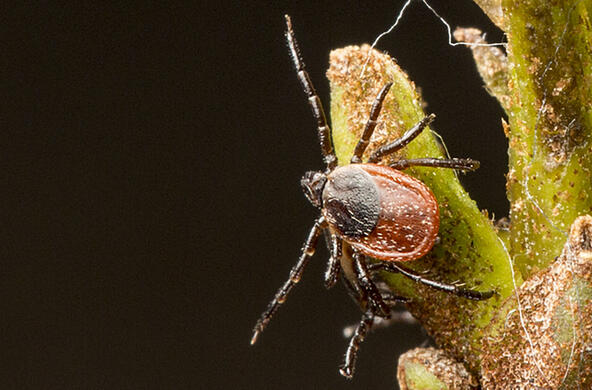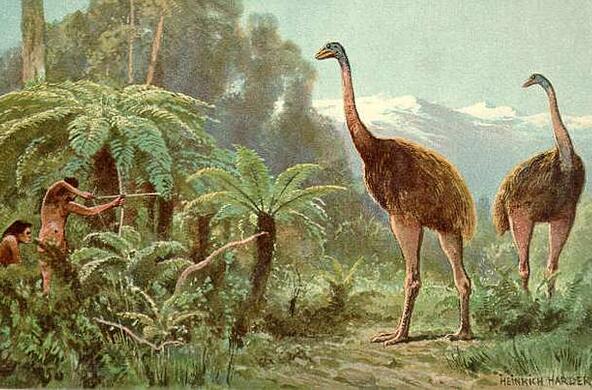American marsupial consumes a large percentage of ticks
They come out at night.
They have scary teeth.
They have a weird name with an extra vowel most people don't pronounce.
And they are where Lyme disease goes to die.
Say hello to the opossum, the American marsupial with a pointy nose and prehensile tail that dines on ticks like a vacuum dines on dust.
(Most people drop the first vowel when speaking of 'possums, but possums actually belong to a different species native to Australia.)
With the weather warming — and recent news of trails coming to Dover, Highland and New Paltz whetting the wanderlust — folks are fixing to plant their feet in something other than a snow bank.
And that means being aware of the threat of Lyme disease.
The tiny adolescent ticks that carry Lyme disease bacteria are most active during the late spring months, typically May and even as early as April during warmer years.
But whereas these ticks can be found in large numbers on mice, shrews and chipmunks, they are eaten in large numbers by opossum.
Opossum are among the most voracious consumers of ticks, according to research conducted by the Cary Institute of Ecosystem Studies.
Research led by scientists based at the Cary Institute of Ecosystem Studies in Millbrook placed different species into cages, covered them with ticks and waited for the biting arachnids to jump off.
The scientists then counted how many survived.
Opossums can eat or remove as much as 96 percent of the ticks that land on them.
Research also suggests the immune system of opossums is fairly effective at fighting off the disease.
So even the ticks that do survive a visit to an opossum are less likely to acquire the disease.
Cary scientists are continuing to examine the correlation between the frequency of different types of mammals, and the infection rates of ticks found in the same area.
The initial thought? Where foxes thrive, Lyme doesn't.
That's because foxes are good hunters of the small mammals that serve as the most effective reservoirs of the Lyme pathogen.
I'm told the data are still being analyzed and that findings may be presented later this year.
The ongoing research is also looking at the role opossums play.
All of this points to why Lyme is a particularly inscrutable disease.
There are so many complex interactions that govern its prevalence — from human land-use development, to shifting climate patterns, to the abundance (or lack) of certain mammals.
And that doesn't even address how the disease behaves once it is in the body. (The Lyme bacterium is apparently one of the only things on earth that doesn't need iron to survive.)
One thing is certain, however.
Opossums are your friend and mine in the fight against Lyme.







